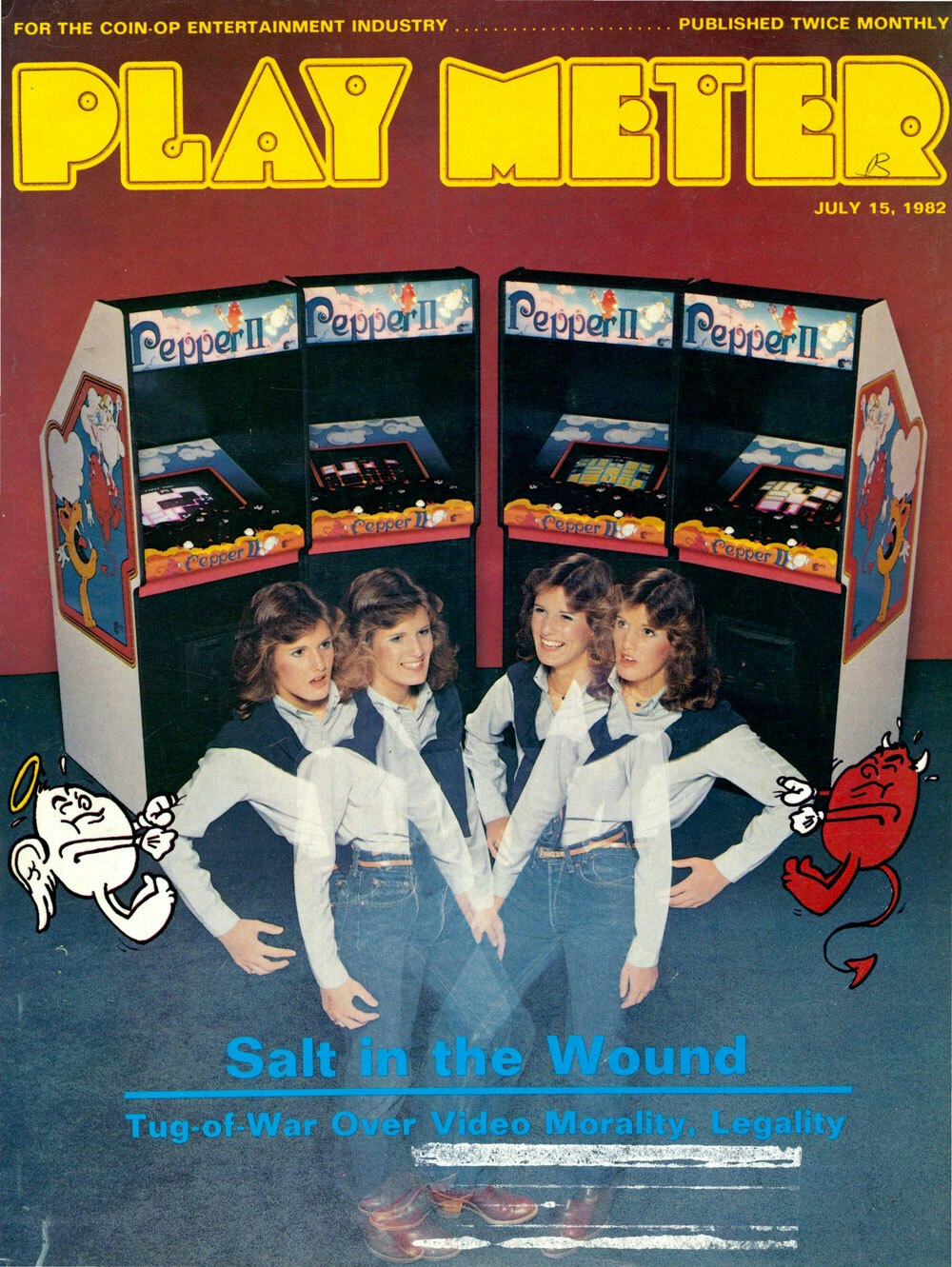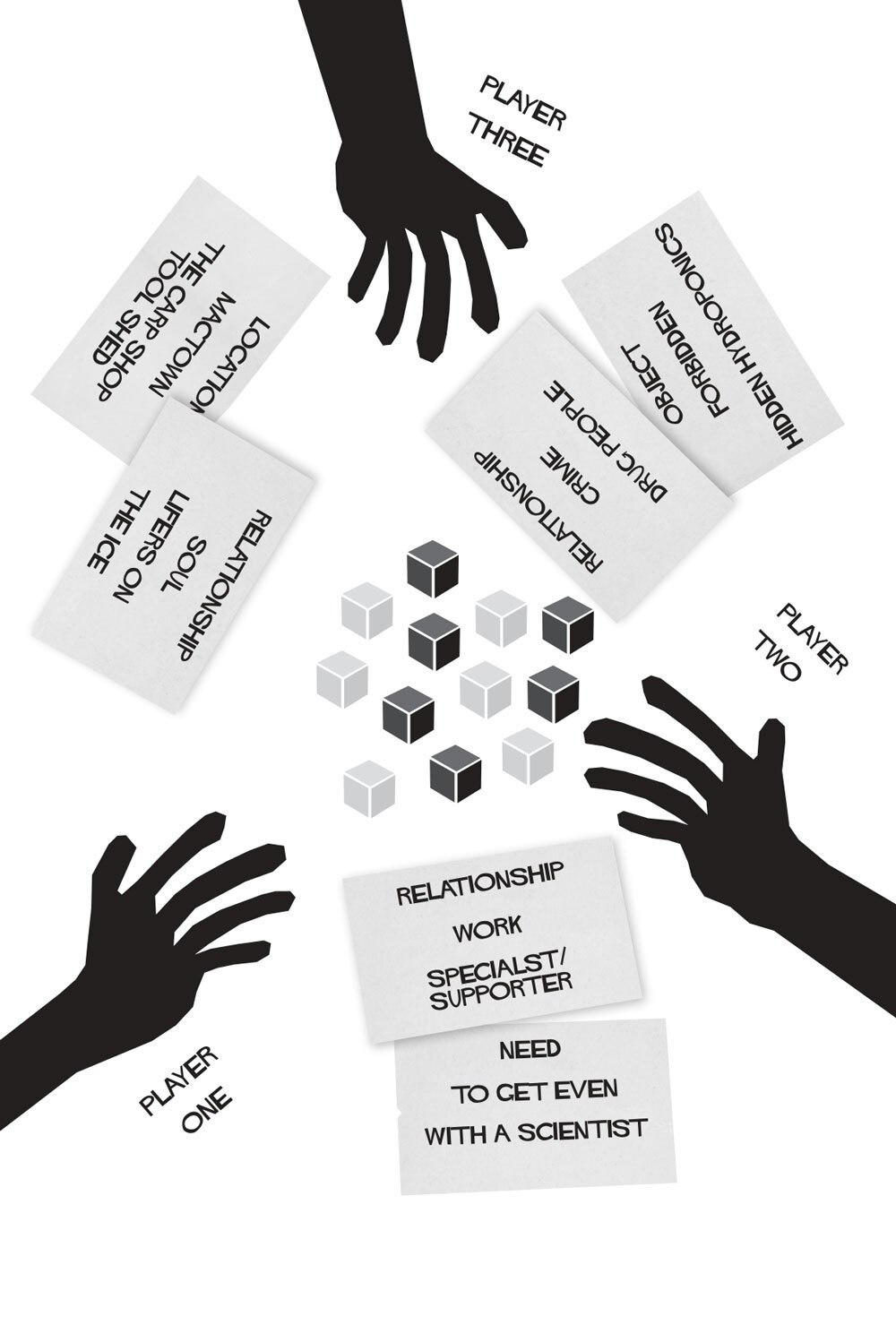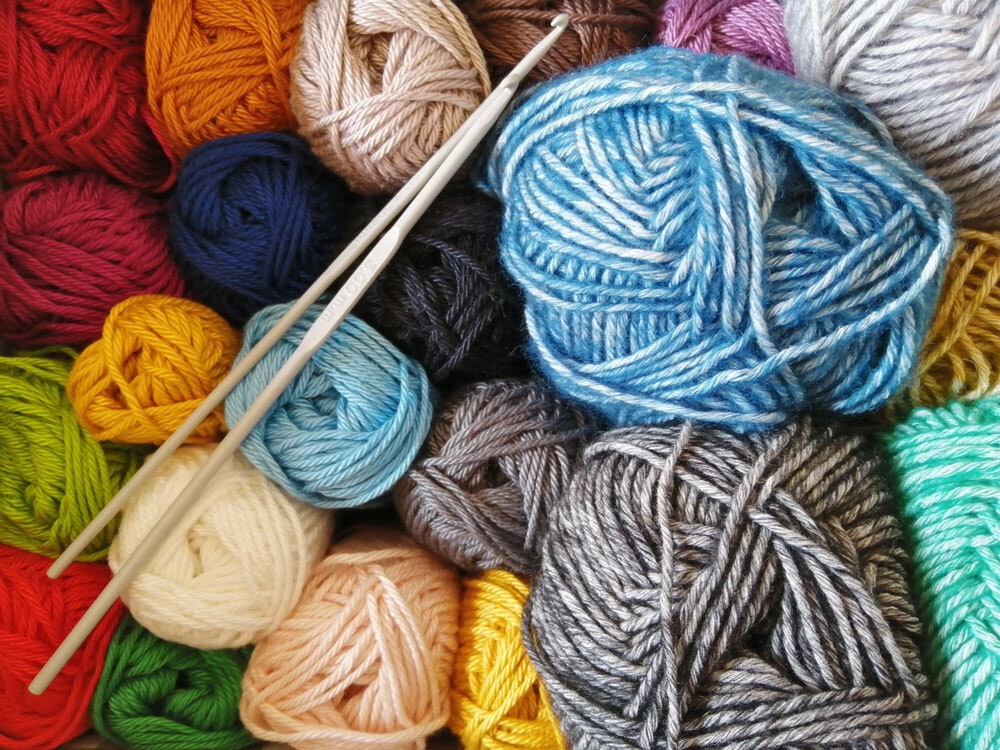How Tedium’s many contributors are surviving the pandemicOver the years, Tedium has featured a wide variety of voices that have covered all sorts of things through this newsletter, from R. Stevie Moore to vintage robots. Some of them write for the newsletter regularly, while others have made an appearance or two and moved on. I thought now would be a good time to reach out to see how many of them are collectively staying tedious, and here’s what oddities they had to share. Read on: | | I’ve recently taken to reading vintage copies of Play Meter magazine. This was a trade publication for the coin-op / arcade industry dating back to 1975. Several issues are available on the Internet Archive. Unlike other game magazines of the era, Play Meter was written for adults. It likely has one of the only “serious” contemporary reviews of all-time arcade classic Robotron (“a well-designed game”). Of course, being written for arcade owners means that the review detracts points for “‘flaky’ CMOS RAM,” not something most gamers would care about. You can find the full Robotron review, along with delightful ads for “Tokens Tokens Tokens,” here.
For me, it’s learning new things on the guitar, writing about weird things or working on plastic model kits. Mostly, though, I’ve been listening to more music than ever these days. Sometimes, it’ll be an old Dr. Demento Show, a Frank Zappa concert or a Masayoshi Takanaka LP. But lately, I’ve been listening to more jazz fusion than anything where I’ll often study the songs and proceed to play along (poorly) and once in a while, I’ll be in the right key!
| | Karen Corday: YouTube candle expert Drew YauchTo me, there are few things as soothing and soporific as listening to people who are extremely passionate and knowledgeable about a niche topic talk at length about said topic, particularly when it’s a topic about which I know and care very little about. My gold standard for this is the YouTube channel of Drew Yauch, a man who knows everything there is to know about candles. Yauch was a candle wunderkind; he started his channel as a precocious tween and in 2012 was featured on the extremely anti-relaxing and usually mean-spirited Tosh.0. Tosh was not great to Drew, unsurprisingly, and I don’t recommend the episode. I do recommend Drew’s now vintage in-depth guide to proper candle care; his recommendation to always smell the lid of a candle before buying it as opposed to the candle itself has saved me from buying some bad candles during my perhaps twice yearly candle shopping expeditions. Best of all, today Drew is all grown up with his own probably very fragrant place in Pittsburgh and seems really happy and still really into candles as well as all things scent. It has done my heart good to watch Drew grow into a confident adult who has remained true to himself and his love of candles. I have listened to his recent hilariously deadpan account of blacking out and buying thirty Bath and Body Works holiday candles several times over the last few days and it’s the only thing consistently keeping me calm, relaxed, and laughing. Thank you, Drew.
| | Andrew Egan: ANSUL fire extinguishing systemThe “Ansel system” is the phrase Anthony Bourdain used for a savior and scourge of commercial kitchens in “Kitchen Confidential”. His “Ansel systems” tended to activate during dinner rushes. Chefs commonly ran around kitchens to fan flames. All to prevent Bourdain’s “Ansel system” from doing its job. The ANSUL fire extinguishing system (an example of which is shown above—with the good part starting at 4:01) is effective for its purpose. The unintended consequence is thousands of dollars in revenue can be lost due to an inexperienced line cook and a poorly placed sensor. When an ANSUL system activates, a dispersed sulfur dioxide compound ends any immediate hope of continuing the dinner rush, while fouling up the entire space something fierce. It’s no wonder top kitchens designated deputies to stop such an event. Better to let the place burn than smell like rotten eggs. On the plus side, burning reclaimed wood smells like a great BBQ pit. I should have made Ernie’s life easier. Something about screensavers or that novelty mouse pad company with a billion dollar IPO during the dot com boom. (I made that last one up. Probably true, right?) In any case, I really hope the chefs are focusing on dinner and if the ANSUL system activates … Sigh … then that’s 2020 apparently.
| | A sample of the Tabletop game Fiasco, which has a very complex system of play. The problem with productive distractions like cooking or cleaning is they fail to take up 100 percent of one’s mental capacity; unwanted disturbances, such as “memories” or “thoughts,” can still crop up while, say, cleaning a trout. Unacceptable. So my counterintuitive relaxation strategy is to overload my brain at about 115 percent of its standard capacity while still convincing myself I’m “having fun.” In my experience, this is best accomplished by trying to learn a new tabletop RPG system. Even if you’re already an old hand at Dungeons and Dragons or Monster of the Week—or if you have a difficult time convincing your friends to play any game where they might encounter an elf or a werewolf—there are still plenty of non-traditional TTRPG or story game systems to explore. Here are some of my favorites, in ascending order of difficulty to learn: Happy reading.
Yuri Litvinenko: Reading up on Nintendo DS “Tag Mode”Some games for the Nintendo DS handheld had a “Tag Mode,” a local wireless mode which let people playing the same game exchange bits of info as they passed by each other. It was first done in software for Nintendogs, a virtual pet simulator produced by Nintendo’s Hideki Konno. But despite the game’s popularity, it wasn’t until Dragon Quest IX by Square Enix when the mode became widely popular—especially in Japan. One of the people captured by the Dragon Quest tag craze was Hideki Konno’s own child. While playing the game, he asked his father to bring him to crowded places “even though he hardly ever wants to go shopping with me,” Konno said in an Iwata Asks interview. “You wanted him to do that with a game that you had made,” he told Satoru Iwata, Nintendo’s CEO at the time. For the successive Nintendo 3DS, the company made it possible to exchange bits of in-game info from up to 12 games simultaneously—including Nintendogs + Cats and Mario Kart 7 which Konno produced. I’ve discovered this personal snippet while working on a feature for 30pin, a self-published site I am trying to get on track despite everything. You can check out my earlier story on touch phones here, or follow for future updates if you don’t mind waiting.
John Ohno: Reading in the BathReading in the bath is saving my life lately. I’ve also graduated from doodling in notebooks to doodling on Post-It Notes and hiding them around the house for my future self.
| | (Margarida Afonso/Unsplash) Fahad Sperinck: Knitting while listening to metalDuring lockdown, I started knitting while listening to metal. The cognitive benefits of knitting were impressed on me by a course in psychology I was taking when the pandemic hit. You find yourself with bags of free time when you start knitting, time you can use to passively absorb other media—music, film, TV. That’s how I got started listening to and thinking about Carcass (leading directly to my first piece on Tedium). I’m convinced there’s an extra layer of deep cogitation when you’re doing something undemanding that has no competitive element, keeping an open space where the unconscious mind can wander free.
| | (Charles Postlaux/Unsplash) Chris Tonn: Driving and readingLately, I’ve been breaking the funk of gestures wildly by getting out and driving. Of course, much of my writing is centered on cars, but I’ve found that whenever I need some time to break away and think, some time on the highway is the answer. Driving, while certainly something that requires attention, doesn’t necessarily require all of one’s mental acuities. Thus, I can devote time to my thoughts with minimal distraction—and, if there’s nobody else in the car with me, even talk out my problems aloud. Further, I’ve been reading—while staying as far away from the news as possible. I’ll read topics far beyond my typical bailiwick, learning new subjects while learning how other writers make their words flow. I just picked up a new book written by a friend, Pete Crozier, called Ten Hundred Hopes. Just published last week, Pete lays out his hopes and dreams for his four children. Pete and I met on the sidelines of a soccer field several years back as our daughters played travel ball together, and I’ve seen the results of his parenting. I can only hope to be as good a dad as Pete is, so I’m trying to crib a bit of dadding skill from his book. |
|









